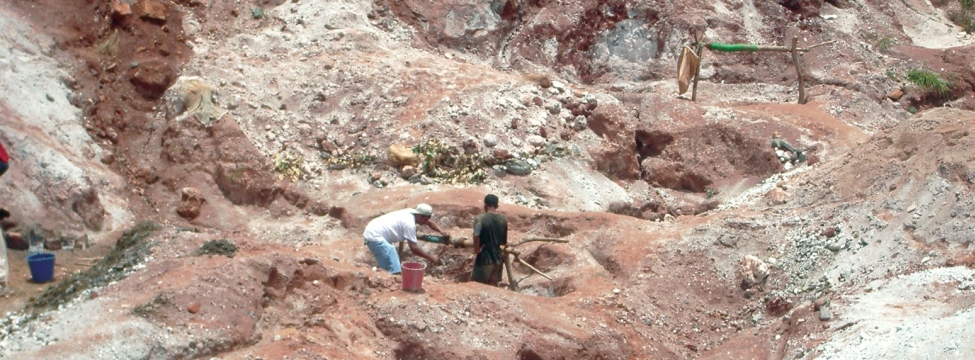To serve you better, our new website displays information specific to your location.
Please visit the site and bookmark it for future use.
Strategies large-scale mining operations may employ in dealing with artisanal mining
Artisanal and small-scale mining (ASM) is widely practiced all over Africa. Although subject to different definitions, ASM is generally understood to be small-scale, informal mining based on manual labour and hand tools. This form of mining has mushroomed in the Democratic Republic of the Congo (DRC) in recent years, driven by high commodity prices and demand on one hand, and poverty and the need to secure livelihoods on the other. Large-scale mining operations and artisanal miners are often competing to exploit the same mineral resources, resulting in violent clashes and a disruption of mine/community relations.
Formal miners face a dilemma. It is legally and reputationally risky to get involved with artisanal miners. But it is a reputational and humanitarian risk to remove them using overly coercive methods, and without some negotiated solution. Removal also raises the possibility of reprisal.
SRK has worked with several mining companies in the DRC, assisting them in developing a strategy towards ASM, especially in the Katanga Province. ASM plays an important role in livelihoods and household survival strategies here; it is estimated that around 30,000 artisanal miners operate illegally in the Kolwezi area, including several thousand women and around 4,000 children.
Overall, there are four strategic options:
First: Removing artisanal miners from the concession. This removes the legal issue of unauthorised miners, and possible ongoing conflicts of interest. It involves serious reputational and backlash risks associated with disturbance to and/or removal of livelihood generating activities.
Second: Working side-by-side with artisanal mining. This avoids removal, while ensuring an arms-length relationship. It limits control over artisanal mining on site, exposing the company to association with unsafe and unscrupulous practices. It does not deal with the legality of artisanal miners on the concession.
Third: Cooperating with or incorporating artisanal mining. This also avoids removal. It offers the possibility of a measure of control, but with associated management, supervision and security costs. Given the nature of artisanal mining, this option cannot guarantee good practice. It also does not deal with legality.
And last: Transforming artisanal miners. This can be done by employing miners, contracting them to do mining-related activities (such as sorting), or facilitating other livelihoods (for example, farming). This option optimises control, and deals with legality. In practice, it may not be possible to transform all miners on site. Mines may also find themselves taking on non-core commitments (for example, agriculture).
The options are not necessarily exclusive. They might be deployed in combination (using transformation and an element of removal), or in sequence (working side-by-side while negotiating other solutions).
Tim Hart: thart@srk.co.za
|
You can download a PDF of the entire |
PDF A4
|
PDF Letter
|
|
|
|
Our newsletters focus on specific areas of interest to earth resource professionals and clients. Each is available as an Adobe Acrobat PDF file. If you don't already have Adobe's PDF reader, you can download it free.


